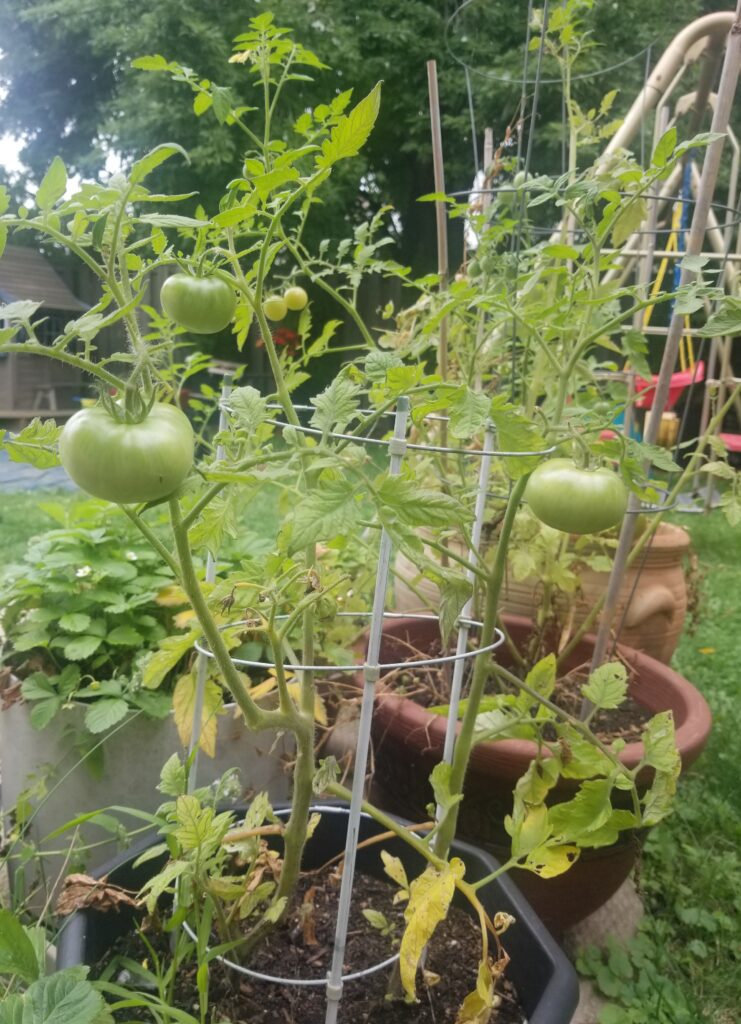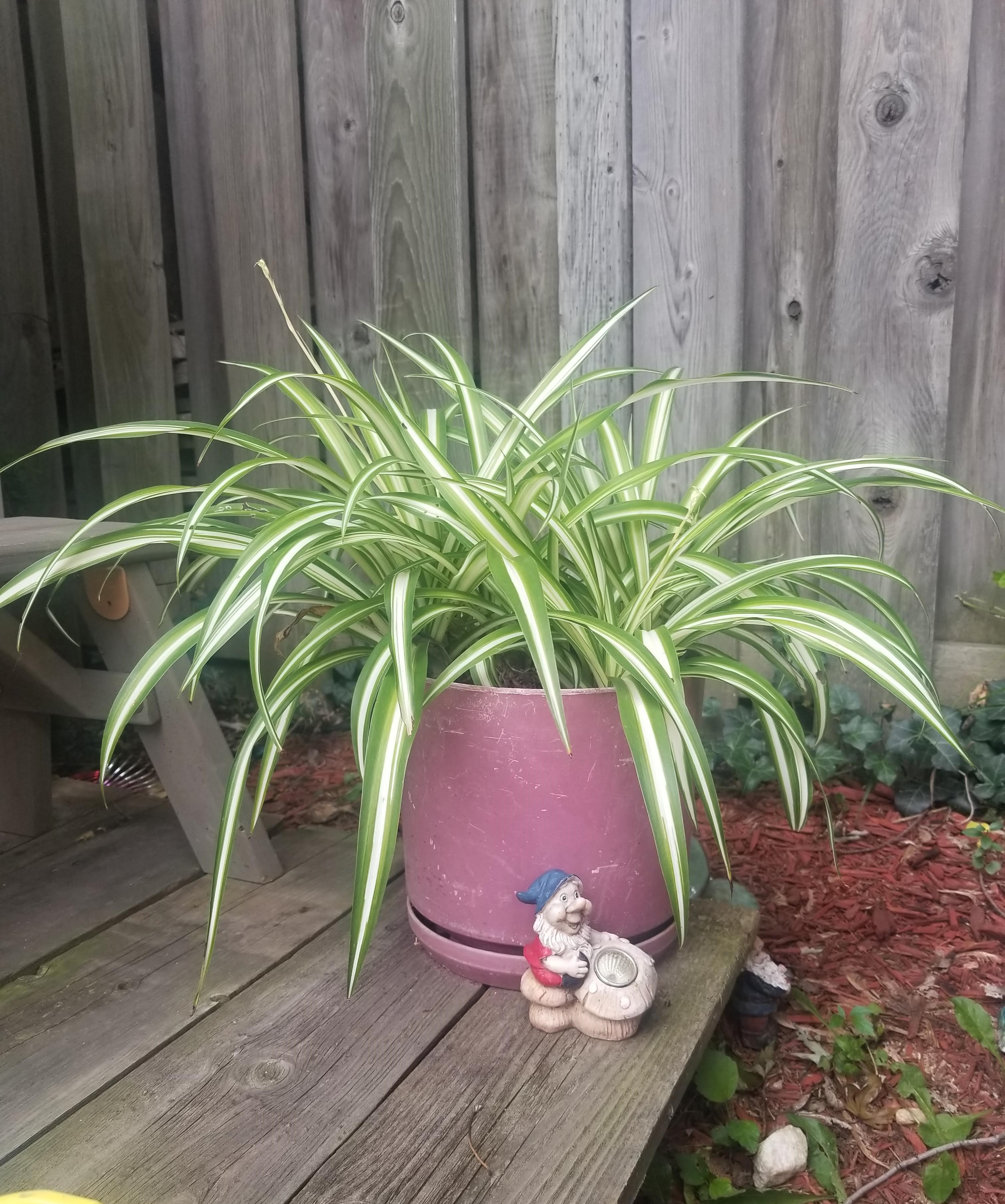By Claudette Sims, Halton Master Gardener
Perennials
Divide or transplant spring and summer flowering perennials (e.g. iris, peony, phlox, wood poppy, native anemone) as the weather cools. Water the new divisions well into the fall. Other perennials can be transplanted or divided if needed when flowers fade. This is a great time to add plants to fill in any gaps. Consider adding native grasses to give your garden texture and winter interest.
Veggies
Remove any plants that have stopped producing. Sow cool weather seeds (e.g. lettuce, spinach, arugula, and radishes). As the weather cools, harvest green tomatoes and ripen indoors, freeze or use in recipes. Collect and save seeds from veggies, dill, and native plants. Cut herbs for drying in your microwave (e.g. parsley, thyme, mint, rosemary).
Trees
Plant new trees and shrubs now to allow them at least six weeks before frost to form roots. Water transplanted trees weekly until freeze up.
Consider choosing asters for your fall containers instead of mums. Mums are native to East Asia and Europe. Asters are native keystone species. They are the host plants for 100 species of butterfly and moth caterpillars and feed 33 species of pollen specialist bees.
Master Gardener Claudette Sims
Houseplants
Transition houseplants from the garden back into your home by moving them to a shadier location. Inspect plants for pests and disease. Lift the plant out of the pot carefully and inspect the soil. If pests are present, wash the plant with water or an insecticidal soap solution (some plants are sensitive, so test a leaf if you are not sure). Plants can also be soaked in a large tub of water with a tablespoon of concentrated insecticidal soap (about a 1% solution is desired). Prune back woody tropicals such as hibiscus once they are moved.
Orchids
Moving phalaenopsis orchids back inside can be delayed as a drop in temperatures (to 17°C) may encourage flowering. Once inside, 8 to 12 hours of light is optimal for flowering. Continue to fertilize orchids to encourage healthy foliage.


Lawn
Choose a rainy day to overseed the lawn, then cover seeds with a top dressing of fine compost or manure. Half the height of the blades of grass should still be visible. Fall feeding with a slow release mineral or organic fertilizer will increase root growth for an early spring green up. Fall is a good time to aerate lawns (sandy soils do not usually need to be aerated). Pull, rake or cut off weeds at ground level. More lawn care suggestions from Landscape Ontario. Rake leaves into flower beds.
Think spring
Plant spring flowering bulbs such as crocus, tulip, hyacinth now through October. Water bulbs after planting. Do not plant or share Scilla as it is highly invasive. Consider adding some of our native spring flowers such as hepatica, prairie smoke, Virginia bluebells, bloodroot, red columbine, or Ontario trilliums.




